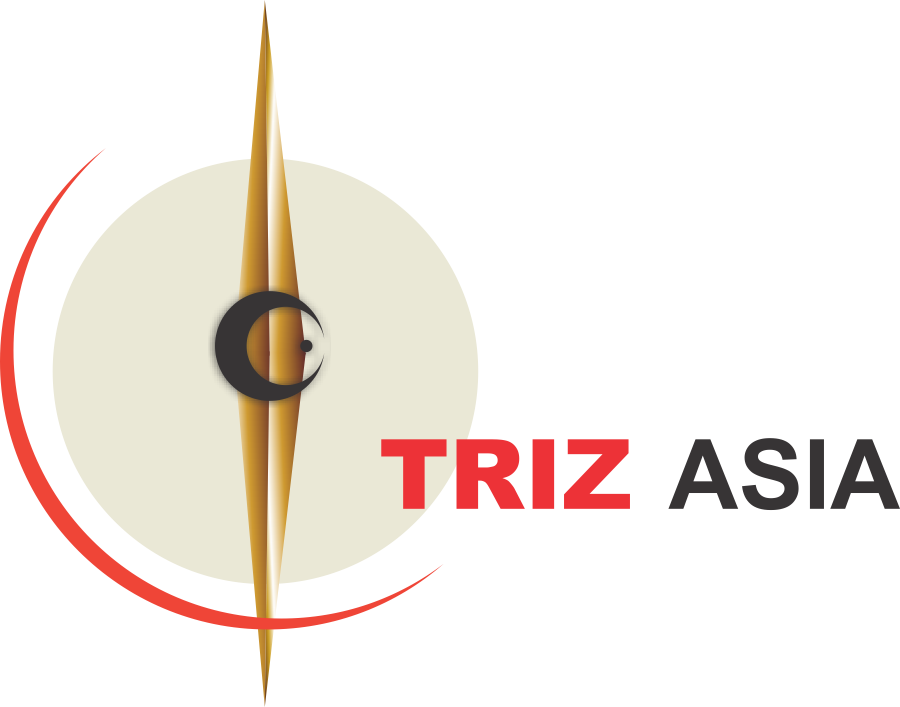The analytical tools of modern TRIZ are applied to the innovation of products, processes or services to reveal numerous disadvantages that impede the innovation goal. Each of these disadvantages can then easily be converted into a problem aimed at eliminating the disadvantage, making it possible to solve the problem with any of the TRIZ problem solving tools.
However, because modern TRIZ tools, such as Cause-and-Effect Chain Analysis (CECA), usually reveal dozens to hundreds of disadvantages, it is impractical to eliminate all revealed disadvantages, that is, to solve all problems. Therefore, it is important to identify and solve only the most promising disadvantages and corresponding problems whose solutions maximize the expected value of the innovation project at hand.
Modern TRIZ analytical tools such as Function Analysis, Trend of Engineering Systems Evolution (TESE) analysis and Cause-and-Effect Chain Analysis (CECA) normally reveal numerous disadvantages that impede eliminating the target disadvantage and achieving the innovation goal. Each of these disadvantages can easily be converted into a problem aimed at eliminating the disadvantage, after which TRIZ problem solving tools may be applied to solve the problem.


